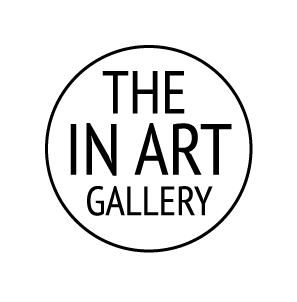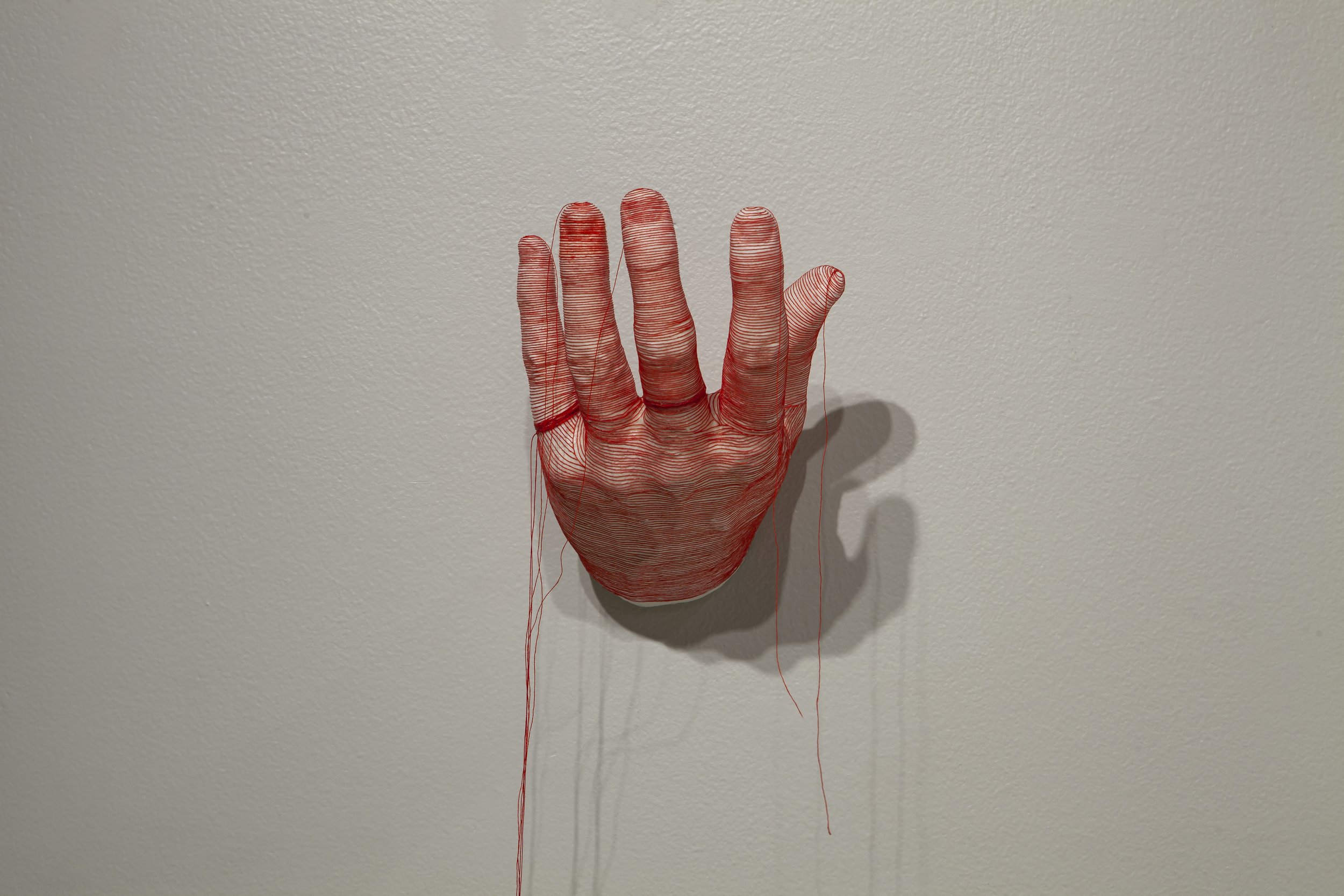Master Series
Entanglement
A Solo Exhibition of Works by Kyung Hee Im
Artist Statement
My artwork explores cultural differences, connectedness, intimacy, and isolation with respect to digital communication tools and complex networking systems. My pieces highlight how physical isolation has become exaggerated in a post-internet world and the ways in which people maintain relationships through complex networking systems. My works depict the tension between feelings of alienation and the fragility of remote relationships. The sculptures from Entanglement portray bodies that are often fragmented, their parts isolated from one another in space but also bound together by a network of fragile threads. The threads in my works represent intangible connections which are in a state of constant flux – sagging down or pulling taught under tension, getting clumped and twisted together, and becoming uniquely entangled with each and every movement. The pieces from Entanglement encapsulate my creative and academic interests, which are the various ways in which the arts intersect with new forms of technology, both in terms of form and content.
Bio
Kyung Hee “Kate” Im is a sculptor, an installation artist, and an educator. She earned a Master of Fine Arts in Sculpture from the University of North Texas. She starts teaching sculpture as an Assistant Professor this fall in the Department of Art + Design at Central Washington University in Ellensburg, WA. Prior to this position, she taught sculpture, 2D and 3D Design at the University of Illinois at Urbana-Champaign and University of North Texas. Im has exhibited nationally and internationally including South Korea, Carrollton, GA, and Denton, Dallas, Fort Worth, TX. Also, she had several group and solo exhibitions including virtual exhibitions.
Her artwork focuses on the connectedness of the body and mind through contemporary means of networking. She explores time and space using threads to show the entanglements of connections in the past, present, and future. Having lived in the United States, South Korea, Hong Kong, and Canada, her notions of boundaries and culture has expanded. From seeing the world as a networked, or connected form, her work explores how technology enhances yet complicates modern connections. Her definition of connectedness continues to evolve as her work often speaks to the tensions of modernity and tradition.


















